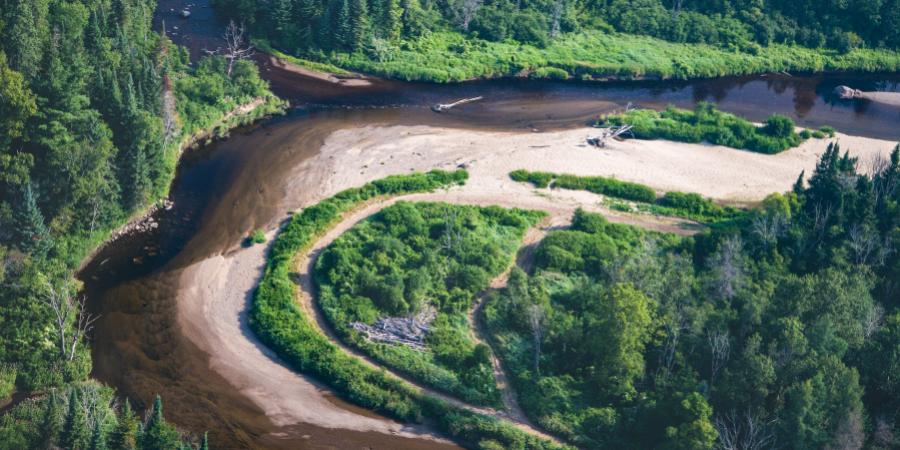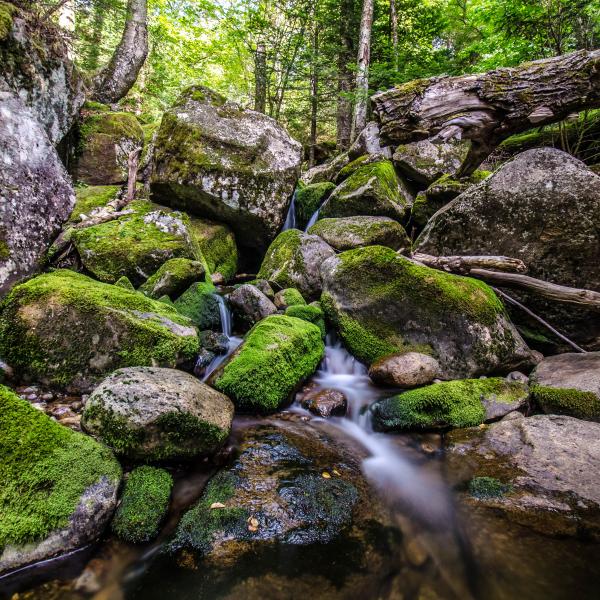The Ausable River watershed has its beginnings in the wilderness areas of the High Peaks and includes numerous vibrant hamlets and the Village of Lake Placid. But much of our watershed is rural, a mix of forested and open lands. And a significant percentage of downstream lands are used for farming and forestry.
Managing Farms and Agriculture
Farmers rely on clean, clear water and for that reason have cultivated many best management practices to protect watershed resources. Nevertheless, agriculture and livestock farms can have a direct impact on nearby water bodies. Without careful planning, healthy stream buffers, and thoughtful land, surface water, and livestock management, farms can add nutrients and sediment to streams, rivers, and lakes.
Farming is a complex blend of science and wise management, and protecting water resources is just one critical piece of the puzzle. If you farm land, keep livestock, or hay your land in an area close to surface water, maintain intact riparian buffers that slow and filter runoff (see page 18). Keeping livestock and their waste away from delicate streamside areas is also essential to water quality. Your county Soil and Water Conservation District has many programs, such as Agricultural Environmental Management (AEM) and The New York State Conservation Reserve Enhancement Program (CREP), that help farm owners improve water quality.
To learn more, contact your local Soil and Water Conservation District:
- Essex County Soil and Water Conservation District | 518-962-8225
-
Clinton County Soil and Water Conservation District | 518-561-4616 x3
Timbering and Clearing
Timber harvesting is not a major cause of water quality degradation in the Ausable watershed, but it does have the potential to increase sediment loading in streams. Sedimentation, due to eroded soils entering even the smallest or ephemeral waterbodies, damages aquatic habitat and reduces water quality downstream. Construction projects can have similar consequences due to soil disturbance on the site. It is important to include best management practices from the beginning of your project to ensure you protect soils and water quality.
The New York State Forestry Best Management Practices for Water Quality is available online and includes detailed information on planning and harvesting. An important aspect of timber harvesting and construction projects is paying attention to water flow patterns on target parcels, and allowing an adequate buffer based on the slope of the land perpendicular to a stream. Equally important are erosion control measures: avoiding clearcutting, installing haul roads with water bars to divert runoff, seeding and mulching exposed soil, and using silt fencing and erosion control blankets.



